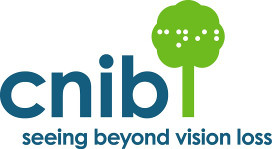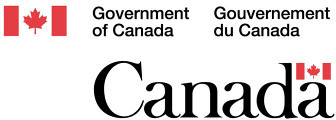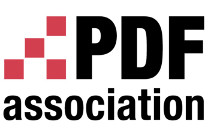Accessibility Resources
This page provides a list of accessible document resources. If you have questions about accessibility, or would like to share information, please email us.
Association for Information and Image Management
AIIM is a community that provides education, research, and best practices to help organizations find, control, and optimize their information. AIIM hosts the secretariat that manages ISO TC 171, the home of the PDF (ISO 32000) and PDF/UA (ISO 14289) International Standards. In 2004, AIIM began the PDF/UA project which became ISO 14289.

American Foundation for the Blind
The American Foundation for the Blind (AFB) is a national nonprofit that expands possibilities for people with vision loss. AFB’s priorities include broadening access to technology; elevating the quality of information and tools for the professionals who serve people with vision loss; and promoting independent and healthy living for people with vision loss by providing them and their families with relevant and timely resources.

Canadian National Institute for the Blind
The Canadian National Institute for the Blind (CNIB) is a nationwide, community-based, registered charity committed to research, public education and vision health for all Canadians. CNIB provides the services and support necessary for people to enjoy a good quality of life while living with vision loss.

Common Look and Feel Standards
The Common Look and Feel (CLF) standards have been developed by Treasury Board of Canada Secretariat. The standards apply to Canadian federal government departments and agencies and cover a number of areas including accessibility.

PDF Association
The PDF Association exists to promote Open Standards-based electronic document implementations using PDF technology. To further its mission, the PDF Association hosts several Competence Centers including the new PDF/UA Competence Center.

Section 508
Section 508 of the US Rehabilitation Act applies to US federal agencies and departments. The Section 508 standards are consistent with the W3C Guidelines and provide achievable, well-documented guidelines for implementation.

W3C Web Content Accessibility Guidelines 2.0
The W3C Web Content Accessibility Guidelines 2.0 (WCAG 2.0) explain how to make Web content accessible to people with disabilities. The guidelines are intended for all Web content developers (page authors and site designers) and for developers of authoring tools. They form the basis of the accessibility standards applied by many governments and organizations around the world.


